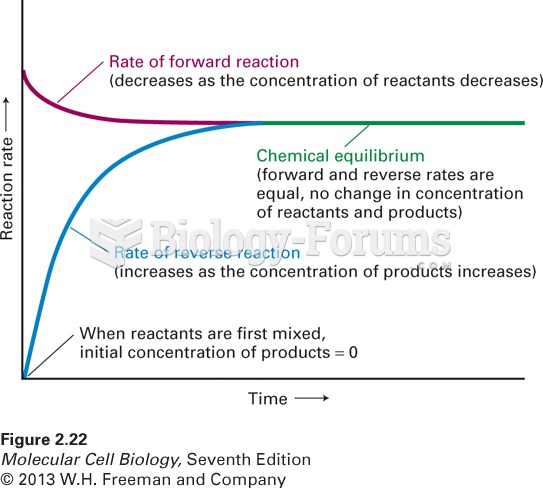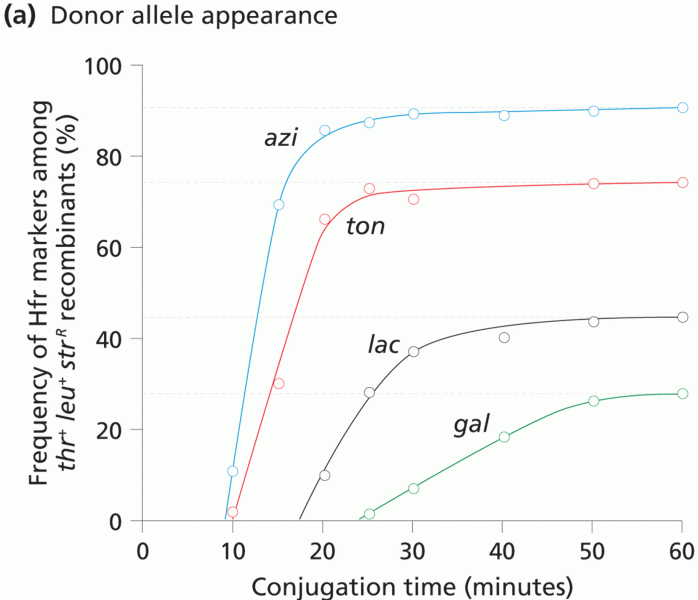|
|
|
Over time, chronic hepatitis B virus and hepatitis C virus infections can progress to advanced liver disease, liver failure, and hepatocellular carcinoma. Unlike other forms, more than 80% of hepatitis C infections become chronic and lead to liver disease. When combined with hepatitis B, hepatitis C now accounts for 75% percent of all cases of liver disease around the world. Liver failure caused by hepatitis C is now leading cause of liver transplants in the United States.
The horizontal fraction bar was introduced by the Arabs.
There are approximately 3 million unintended pregnancies in the United States each year.
Egg cells are about the size of a grain of sand. They are formed inside of a female's ovaries before she is even born.
It is difficult to obtain enough calcium without consuming milk or other dairy foods.







